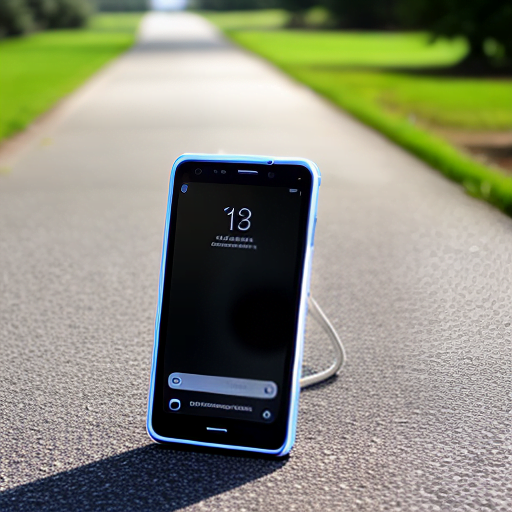Our smartphones have become an integral part of our daily lives, serving as not just communication devices but also as cameras, entertainment hubs, and personal assistants. However, as we push these tiny gadgets to their limits with heavy usage and demanding applications, overheating has become a common issue. Not only can overheating lead to discomfort while using the phone, but it can also cause long-term damage to the device. To keep your smart phone cool and functioning optimally, here are some essential tips and tricks to prevent overheating:
1. Avoid Direct Sunlight: Leaving your phone under direct sunlight, especially on a hot day, can significantly raise its temperature. Always try to keep your phone in the shade or inside your bag or pocket when not in use.
2. Remove Phone Case: Phone cases, especially those made of thick materials, can trap heat and prevent proper airflow. Remove the case when you notice your phone getting warm, or consider using a thin, breathable case that allows better ventilation.
3. Close Unnecessary Apps: Running multiple apps simultaneously can strain your phone’s processor and lead to overheating. Close unused apps, especially resource-intensive ones, to reduce the load on your phone’s hardware.
4. Limit Gaming and High-Performance Apps: Graphically intense games and applications can put a considerable load on your phone’s CPU and GPU, leading to overheating. Limit the time spent on such apps, and take breaks to let your phone cool down.
5. Update Software Regularly: Manufacturers often release software updates that include bug fixes and optimizations. Keeping your phone’s software up to date can improve its efficiency and reduce the chances of overheating.
6. Reduce Screen Brightness: High screen brightness not only drains your battery but also generates more heat. Lower the screen brightness to a comfortable level, and consider using adaptive brightness settings.
7. Disable Unused Connectivity Options: Features like Wi-Fi, Bluetooth, and mobile data consume power and generate heat, even when not in use. Turn off these features when you’re not actively using them.
8. Avoid Overcharging: Overcharging your phone can lead to increased temperatures and may even damage the battery over time. Once your phone reaches 100%, unplug it to prevent excessive heat generation.
9. Clear Cache and Data: Accumulated cache and data in apps can cause them to function inefficiently, leading to increased processor usage and heat generation. Regularly clear cache and data to keep things running smoothly.
10. Use Airplane Mode or Low-Power Mode: When your phone is running hot and you don’t need constant connectivity, consider enabling Airplane Mode or Low-Power Mode. These modes reduce background processes and connectivity, helping to cool down the device.
11. Keep your Phone Updated: Besides updating the software, ensure that your apps are up to date as well. App developers often release updates to improve performance and fix bugs that could contribute to overheating.
12. Avoid Extreme Temperatures: Avoid using your phone in extremely hot or cold environments, as both extremes can impact battery performance and lead to overheating issues.
13. Consider a Cooling Solution: If you frequently use your phone for resource-intensive tasks or live in a hot climate, investing in a phone cooling accessory or case can help dissipate excess heat and keep your device at an optimal temperature.
By following these tips and tricks, you can significantly reduce the chances of your smart phone overheating. Remember that excessive heat can not only affect performance but also lead to permanent damage to your device’s internal components. Treat your phone with care, and it will serve you reliably for years to come.






Comments 1